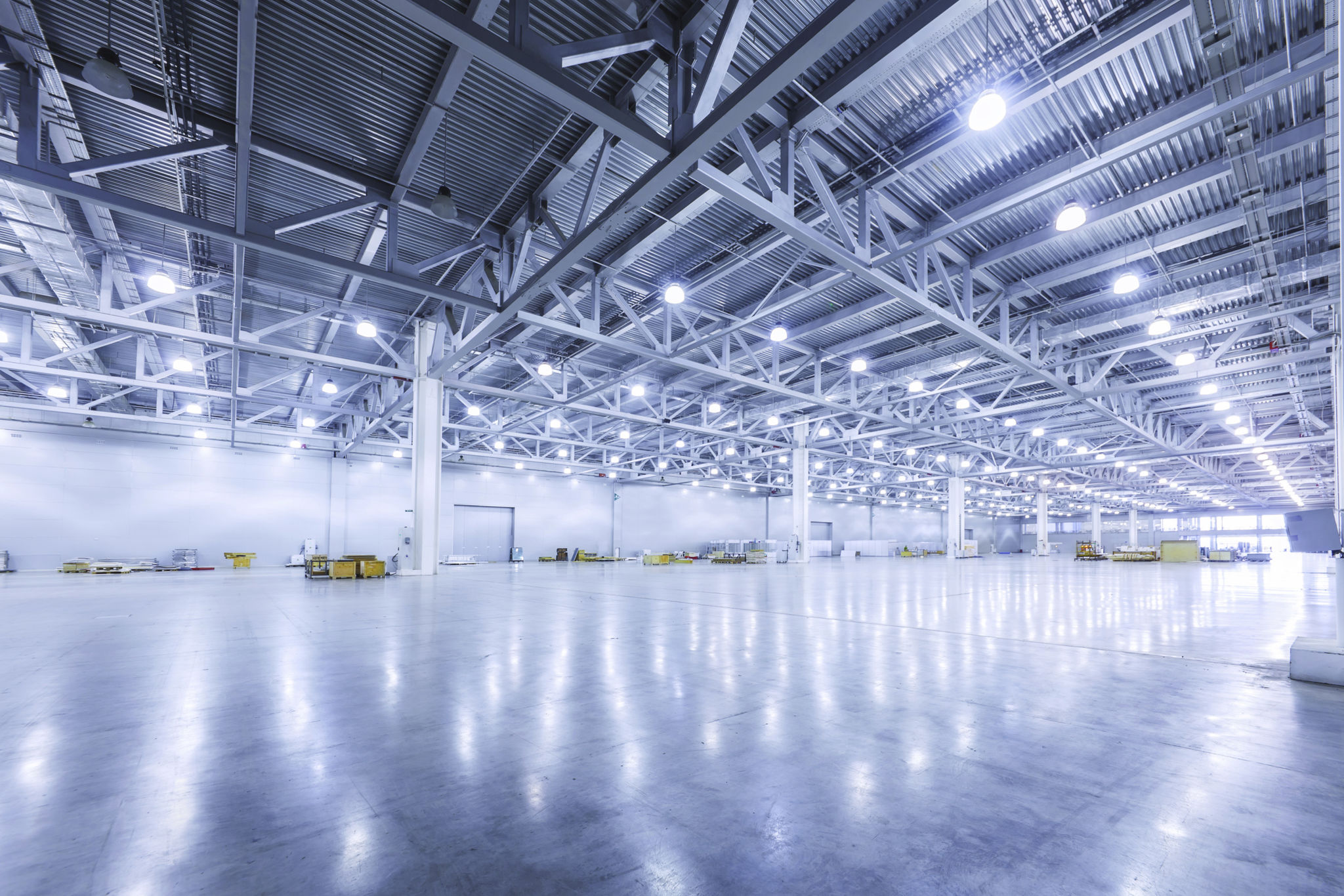Exploring Minimalist Warehouse Design: A Guide to Simplicity in Industrial Spaces
Understanding Minimalist Warehouse Design
In recent years, the concept of minimalist design has transcended beyond residential and commercial spaces, making its way into industrial settings. Minimalist warehouse design focuses on creating efficient, functional, and visually appealing spaces by eliminating unnecessary elements. This approach not only enhances productivity but also contributes to a more organized and clutter-free environment.
The core principle of minimalist design is simplicity. By stripping down to the essentials, warehouses can operate with greater efficiency and reduced overhead costs. The key is to create a space that prioritizes functionality without sacrificing style.

The Benefits of Minimalist Design in Warehouses
Implementing minimalist design in a warehouse offers several advantages. Firstly, it improves operational efficiency. With a streamlined layout, employees can navigate the space more easily, reducing the time spent on locating items or moving between areas. This efficiency translates to increased productivity and cost savings.
Secondly, a minimalist warehouse design enhances safety. By removing unnecessary clutter, the risk of accidents decreases significantly. Clear pathways and organized storage systems ensure that employees can perform their tasks without hazards.
Cost Savings
Minimalist design in warehouses can lead to substantial cost savings. By reducing the number of unnecessary fixtures and decorations, businesses can cut down on maintenance expenses. Furthermore, energy consumption can be minimized by utilizing natural light and energy-efficient lighting systems.

Key Elements of Minimalist Warehouse Design
To achieve a minimalist warehouse design, focus on the following elements:
- Open Spaces: Maintain open areas to facilitate movement and flexibility.
- Functional Layouts: Design layouts that prioritize workflow efficiency.
- Neutral Colors: Use a neutral color palette to create a clean and calming atmosphere.
Incorporating these elements into the warehouse design can help create an environment that is both practical and aesthetically pleasing.

Choosing the Right Materials
Material selection is crucial in minimalist warehouse design. Opt for durable and sustainable materials that require minimal maintenance. Concrete, steel, and reclaimed wood are popular choices due to their longevity and low environmental impact. These materials complement the minimalist aesthetic while ensuring the space remains functional over time.
Implementing Technology in Minimalist Warehouses
The integration of technology plays a significant role in enhancing minimalist warehouse design. Automated systems, such as inventory management software and robotic equipment, can streamline operations and reduce the need for excessive storage space. These technologies enhance efficiency and contribute to a clutter-free environment.
Moreover, implementing smart lighting and climate control systems can optimize energy usage, aligning with the sustainable goals of minimalist design.

Case Studies and Real-Life Examples
Many companies have successfully embraced minimalist warehouse design with impressive results. For instance, global retailers have redesigned their distribution centers to include open spaces, efficient shelving systems, and advanced automation. These changes have led to significant improvements in workflow efficiency and employee satisfaction.
By examining these case studies, businesses can gather insights and inspiration for their own warehouse redesign projects.
Getting Started with Minimalist Warehouse Design
If you're considering transitioning to a minimalist warehouse design, start by evaluating the current layout and identifying areas for improvement. Engage with professional designers who specialize in industrial spaces to develop a plan that aligns with your operational needs and aesthetic preferences.
Remember that the goal of minimalist design is not just to reduce clutter but also to create a harmonious balance between functionality and aesthetics. With careful planning and execution, your warehouse can become a model of efficiency and simplicity.